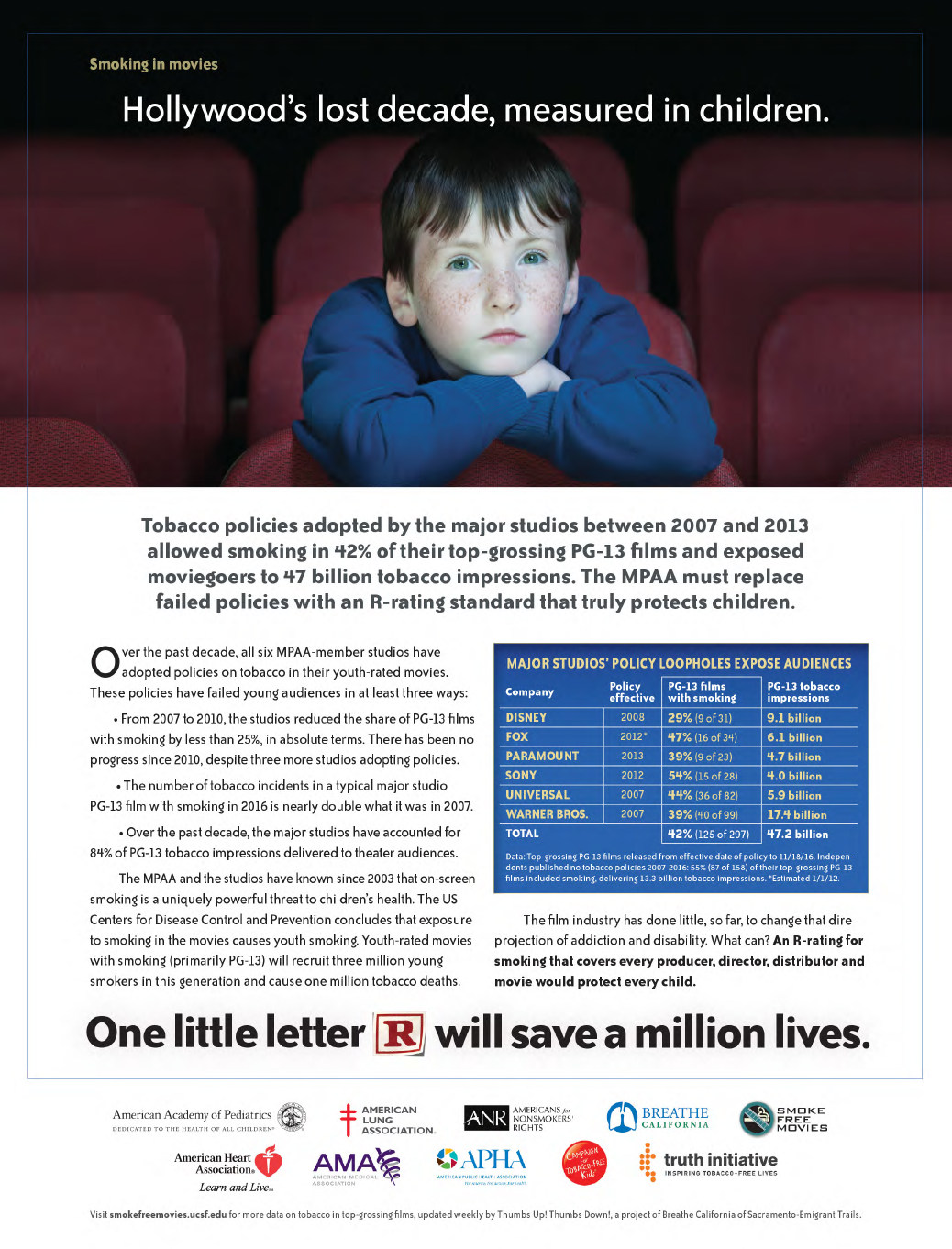January 5, 2017
Tory Spindle and colleagues at VCU recently published a study, “Electronic cigarette use and uptake of cigarette smoking: A longitudinal examination of U.S. college students,” that followed 3757 students at Virginia Commonwealth University for a year to examine the relationship between e-cigarette use among never cigarette smokers at the beginning and whether they were smoking conventional cigarettes a year later. They found, controlling for a wide range of demographic and behavioral variables, that e-cigarette users at baseline were about 3.4 times as likely to be smoking cigarettes a year later as young adults who were not using e-cigarettes.
This effect is consistent with a similar study of young adult males in Switzerland as well as all the studies of adolescents.
Here are the highlights and the abstract:
HIGHLIGHTS
• E-cig and cigarette use has not been studied in college students longitudinally.
December 19, 2016
In 2000, motivated in part by the sea of litigation facing the tobacco industry, the huge California Public Employees Retirement System (CalPERS) voted to divest the tobacco stocks that it held directly. Perhaps because they were so small, it did not instruct its outside investment advisors to divest their tobacco holdings.
Since then, the tobacco companies have soldiered on despite paying out hundreds of billions of dollars in settlements and continue to sued, most notably in Quebec, Canada and Florida. Because nicotine is an addictive drug they have been able to raise prices faster than consumption has dropped and so continued to remain profitable. Indeed, tobacco stocks are at an all-time high.
At the same time, CalPERS’ tobacco holdings (through the outside investors) have grown to several hundred million dollars.
As a result, last summer the CalPERS Investment Committee (which consists of the whole Board of Directors) narrowly voted to reassess its 2000 decision to divest. (The letter I wrote them last May urging them to leave the policy as it was is here; at the time I was not aware of the fact that CalPERS held tobacco stocks through their outside investment managers.)
December 12, 2016
It’s About a Billion Lives
Celebrating Tobacco Research and Education at UCSF
Children and Tobacco 2017: Who’s Winning?
Jonathan Klein, MD, MPH, FAAP
Associate Executive Director and Director,
Richmond Center of Excellence, American Academy of Pediatrics
"Rather wreck my gums than my lungs":
Smokeless tobacco and California rural adolescent males
Benjamin Chaffee, DDS, MPH, PhD
Assistant Professor, Preventive and Restorative Dentistry Sciences
Smokers with psychological distress: As smoking drops they attempt to quit more and smoke less
Margarete Kulik, PhD
Postdoctoral Fellow, Center for Tobacco Control Research and Education
Poster Session
Philip Morris data shows FDA mandating lower cigarette nicotine levels would improve population health
Eunice Neeley, MD, MPH
Postdoctoral Fellow, Center for Tobacco Control Research and Education
Booze, Butts or Both? Combating young adult tobacco use in bars
December 12, 2016
This ad ran on December 7, 2016 in Variety and Hollywood Reporter. For more information on the ad, including sources, go to http://smokefreemovies.ucsf.edu/sfm-ads/ad-117

December 10, 2016
Lukasz Antoniewicz and colleagues just published an experimental study in which they had healthy young volunteers take 10 puffs on an e-cigarette over 10 minutes. There was an immediate increase in the amount of endothelial progenitor cells (EPS) that remained elevated for over 4 hours. They had returned to baseline levels by 24 hours.
EPC’s are markers of damage to the lining of arteries (called the vascular endothelium). Damage to the endothelium is linked to immediate increases of the risk of a heart attack in people at risk of heart attacks and also contributes to the long-term development of atherosclerosis (buildup of blockages of arteries in the heart) and peripheral vascular disease (blockage of other arteries). The reason is that the endothelium is a lining of arteries that protects the underlying muscle and other structures. When the endothelium is torn, it makes it possible for fat to get into the artery wall and start building up a blockage.
These effects are comparable in magnitude, but faster than the effects of smoking a cigarette observed by the same group.
